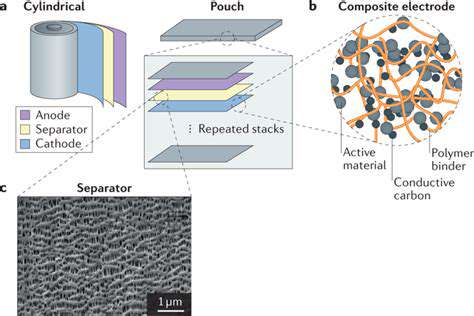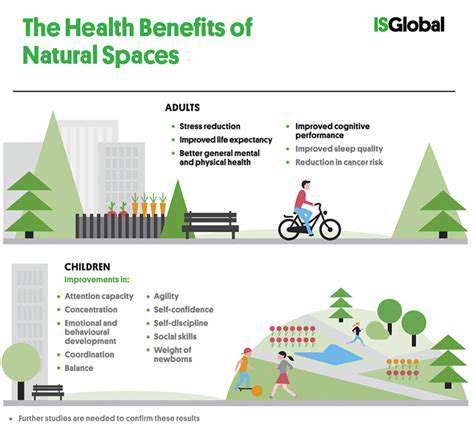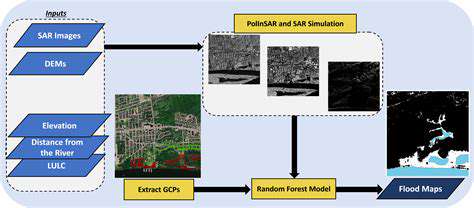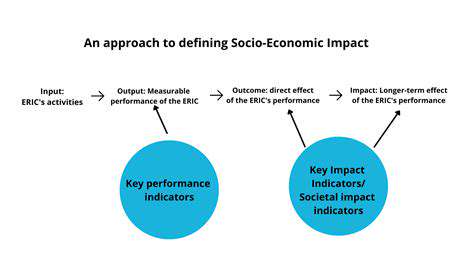The inherent protection offered by lava tubes makes them an attractive option for constructing lunar shelters. Their pre-existing infrastructure, stable walls, and large interior volumes can be adapted for various purposes, from housing to research facilities. Imagine a lunar base nestled within a naturally occurring cavern, offering significant protection from the harsh elements.
However, careful consideration must be given to the specific characteristics of each lava tube. Factors such as the structural integrity, the presence of potential hazards like collapse risks, and the access points need to be thoroughly assessed before any construction work commences. A comprehensive geological survey is essential to determine the safety and suitability of a particular lava tube for habitation.
Furthermore, the availability of resources within or near the tube, such as water ice deposits, will significantly influence the feasibility of establishing a long-term lunar presence. The presence of these resources can greatly reduce the need for transportation of materials from Earth, making the use of lunar lava tubes even more attractive.
Challenges and Future Research
Despite the promising characteristics of lunar lava tubes, significant challenges remain in their utilization as lunar shelters. The complex geological formations within these tunnels may present unforeseen challenges during exploration and construction. Developing efficient and safe excavation and reinforcement methods is crucial for realizing their potential.
Future research initiatives should focus on detailed mapping and characterization of potential lava tube sites. This includes advanced remote sensing techniques and robotic exploration to identify suitable locations with optimal structural integrity and accessibility. Detailed analyses of the internal environment, including temperature variations and radiation levels, are essential for understanding the long-term habitability of these unique formations.
The ultimate goal is to develop comprehensive plans for utilizing these lunar lava tubes, ensuring both safety and sustainability for future lunar settlements. This research will pave the way for more detailed and conclusive assessments of the practicality of establishing permanent human presence on the moon.
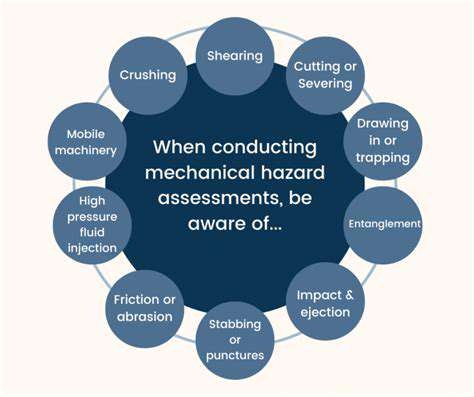

Challenges and Future Research
Challenges in Utilizing Lunar Lava Tubes
One of the significant challenges in utilizing lunar lava tubes as potential shelters lies in their inherent unpredictability. The geological formations of these tubes are often complex and not fully understood. Variations in the tube's size, shape, and internal structure can pose challenges for designing and constructing shelters within them. This necessitates extensive geological surveys and detailed mapping before any substantial construction efforts can commence, adding to the overall cost and time investment.
Furthermore, the unique environmental conditions within these tubes, such as temperature fluctuations and radiation levels, need to be thoroughly investigated. Understanding how these conditions vary throughout the tube and across different lunar locations is critical for designing effective shielding and life support systems. Failing to account for these variables could compromise the safety and long-term habitability of the lunar base.
Material Selection and Construction Techniques
Selecting suitable materials for constructing shelters within lunar lava tubes is crucial. The materials must withstand the harsh lunar environment, including extreme temperature variations, micrometeoroid impacts, and radiation exposure. Finding materials that are both strong and lightweight will be essential for minimizing the logistical challenges of transporting them to the Moon. Innovative construction techniques will be required to adapt to the unique geometries of the lava tubes themselves.
Radiation Shielding and Protection
Lunar lava tubes, while offering some natural shielding from micrometeoroid impacts, may not provide adequate protection from high-energy galactic and solar radiation. Designing effective radiation shielding systems is a major hurdle. The shielding materials need to be robust enough to withstand the harsh radiation environment while minimizing the weight and cost associated with transporting them to the Moon. Advanced shielding materials and construction techniques will need to be developed to ensure the safety of future lunar inhabitants.
Life Support Systems and Resource Management
Sustaining life within a lunar lava tube shelter requires sophisticated life support systems. These systems will need to address the challenges of recycling air, managing waste, and producing potable water. Furthermore, the availability and efficient utilization of resources on the Moon, including water ice, will be critical for maintaining these systems. Developing sustainable resource management strategies is essential for the long-term viability of any lunar base.
Exploration and Mapping of Lunar Lava Tubes
Thorough exploration and mapping of lunar lava tubes are essential for identifying suitable sites for potential shelters. This involves developing advanced robotic exploration techniques that can safely navigate the complex internal structures of the tubes. Data collection methods must be reliable and efficient, enabling us to accurately assess the suitability of each tube for human habitation. This detailed mapping will be crucial for designing and implementing future construction plans.
Economic and Logistical Considerations
The cost and logistics of establishing a lunar base, including the transport of materials and personnel, are significant obstacles. Developing cost-effective methods for transporting materials to the Moon, including reusable spacecraft and innovative launch systems, will be crucial. Efficient resource utilization and innovative construction methods will also be essential to minimizing the overall cost and complexity of establishing a lunar presence. The economic feasibility of lunar lava tube utilization needs careful consideration alongside scientific and technological advancements.
Potential Applications and Long-Term Viability

Potential Applications in Healthcare
The potential applications of this technology in healthcare are vast and promising. Imagine a future where personalized medicine is readily available, tailored to individual genetic predispositions and environmental factors. This technology could revolutionize diagnostics, enabling earlier and more accurate detection of diseases, leading to improved treatment outcomes and potentially even preventative measures.
Furthermore, the ability to monitor patient health in real-time could significantly improve treatment efficacy and reduce hospital readmissions. Continuous monitoring of vital signs and physiological parameters could alert healthcare providers to potential complications early on, allowing for timely interventions.
Long-Term Impact on Society
The long-term impact of this technology on society is likely to be profound. It could lead to advancements in various fields, including environmental science, agriculture, and materials science. The potential for increased efficiency and productivity in these sectors could significantly improve the quality of life for people globally.
Furthermore, the development of new technologies and their integration into existing systems could lead to entirely new industries and job markets. This could create opportunities for innovation and growth, ultimately shaping the future of work and human interaction.
Impact on Economic Growth
The economic impact of this technology is expected to be substantial. New industries and job markets will emerge as a result of this technology's proliferation. Investments in research, development, and infrastructure will be necessary, creating new opportunities for businesses and entrepreneurs.
Furthermore, the increased productivity and efficiency that this technology could bring to various sectors could lead to significant economic growth and development. This will have a ripple effect on related industries and communities, potentially creating a positive feedback loop for economic advancement.
Ethical Considerations
The widespread adoption of this technology raises important ethical considerations. Privacy concerns related to data collection and storage are paramount. Robust safeguards and regulations will be necessary to ensure the responsible use of sensitive information.
Furthermore, the potential for misuse of this technology, such as discriminatory practices or the creation of new forms of societal inequalities, needs careful consideration. Ongoing dialogue and collaboration among stakeholders will be crucial in navigating these ethical dilemmas.
Accessibility and Equity
Ensuring equitable access to this technology is critical to avoid exacerbating existing societal inequalities. Efforts to make this technology affordable and readily available to all segments of society are essential. This requires proactive measures from policymakers and technological developers to ensure that the benefits of this innovation are shared broadly.
Furthermore, addressing the digital divide and providing necessary training and education to equip individuals with the skills needed to utilize this technology will be vital to maximizing its societal impact.
Environmental Impact
The environmental impact of this technology requires careful consideration. Manufacturing processes and the disposal of outdated or obsolete equipment must be examined to minimize harmful environmental effects. Sustainable practices are crucial to ensure that the benefits of this technology are not achieved at the expense of the planet.
Furthermore, the energy consumption associated with running and maintaining this technology must be minimized through the development of energy-efficient systems and the exploration of renewable energy sources. Minimizing the environmental footprint of this technology will be crucial to its long-term sustainability.

